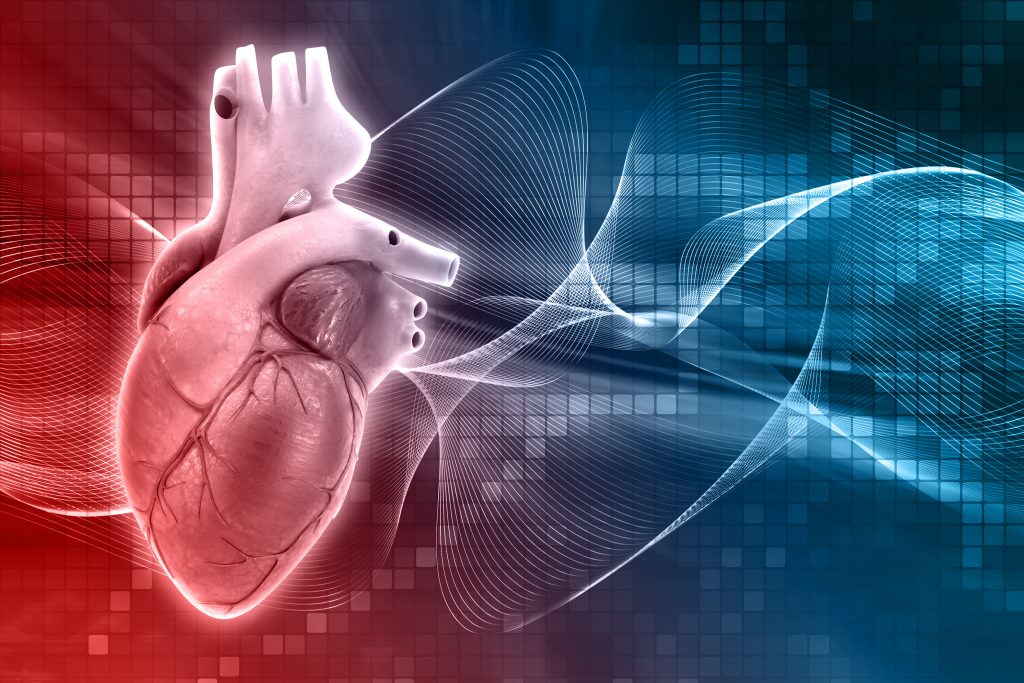Two roundworms reported to have spent about 46,000 years frozen in permafrost deemed to be a new species.
Two things are certain for all living animals – birth and death, the start and end points of life. Some species can delay the journey between these two point their lives, they can pause their lives!
Yes, they can press the pause button on their lives, particularly when the environment becomes temporarily too harsh for life, such as being too cold, too hot, or filled with dangerous radiation.
Among the animals that can pause their lives are shrimps, tardigrades, and nematodes (also known as roundworms). And one particular species of roundworm has perhaps reached the pinnacle of life pausing.

Back on 2018, two roundworms of a previously undocumented species now known as Panagrolaimus kolymaensis were found preserved in Siberian permafrost (frozen soil). After radiocarbon dating some of the soil preserved with the worms, it was discovered that they were between 45,839 and 47,769 years old.
But how could roundworms manage to survive in frozen soil for so long? Well, it’s all done via cryptobiosis, and here’s how it works.
Cryptobiosis and cryobiosis
46,000 years or so ago, the tiny, millimetre long roundworms found themselves in a little bit of bother in the Siberian Permafrost.
The temperature around them started to get a little bit chilly for living, and the roundworms opted to pause their metabolism, which is the basis of cryptobiosis. In fact, the roundworms entered a state known as cryobiosis, which is a type of cryptobiosis whereby an animal stops its metabolism when it gets too cold.
For any living creature, the metabolism is a set of chemical reactions that helps the body convert food and liquids into energy to enable the body to move, grow, and repair itself.
So, when the temperature in the soil became low enough for the water around the roundworms to freeze, their need to preserve their existence kicked in, assisted by their genetic abilities that makes them a unique species of roundworm.
At that point, the roundworms shut off their metabolism, which meant their body stopped supplying energy for movement, growth, and repair.
And then the waiting game started for the roundworms, as they waited for the temperature around them to become warmer so that they could kick-start their metabolism again and get on with the rest of their lives.
But that never happened for the poor roundworms, that is not until scientists dug them out of the Siberian Permafrost in 2018, and then revived them in a laboratory by placing them in water.

Steve Rogers and Bucky Barnes: Pay Attention!
A lot can change in 46,000 years, and these roundworms can attest to that.
When the roundworms entered cryptobiosis, the roundworms lived during the late Pleistocene, a geological period that lasted from about 2.6 million to 11,700 years ago.
Between the moment that the roundworms entered cryptobiosis and the moment that they were revived in 2018, the last ice age came and went, the wholly mammoth and the dodo became extinct, and humanity created everything from the wheel to the Ice Age animated film franchise.
While stopping and restarting their metabolisms works well for species like roundworms, could we do the same for people?
Think of the fate of Steve Rogers and Bucky Barnes from the world of superheroes – both of whom were subjected to experimental genetic procedures that gave them super strength, increased stamina, and, as it turns out, the ability to enter a cryptobiosis state.
Rogers was abruptly frozen in ice and spent 70 years in what for many would have been an icy grave. However, he later re-emerged from the ice unscathed, without any noticeable adverse effects to his physiology.
And Barnes spent decades being frozen and unfrozen to perform devious missions on behalf of HYDRA. Like Rogers, the cold had negligible physical effects, although Barnes was left to deal with the mental trauma of his actions over the decades.
For a person, cryptobiosis abilities would be just one of a variety of super-abilities needed to combat the ill-effects of cold temperatures on cells in the human body. For example, Rogers and Barnes must all produce antifreeze proteins in their bodies that bind to water crystals and stifle their growth when there’s a drop in temperature. Water crystals are sharp, and their sharp pointed ends can do untold damage to the cells in the body.
The Cryptobiosis Alternative
But what about a person really entering a cryptobiosis or cryobiosis state? What about really freezing Captain America or Bucky Barnes?
Well, putting people in such a state is certainly something for fiction (let me state that explicitly). However, that doesn’t mean that researchers aren’t looking at ways to emulate some aspects of cryptobiosis for medical treatments.

Samuel Tisherman from the University of Maryland School of Medicine is one the leading proponents for a technique known as Emergency Preservation and Resuscitation or EPR.
With EPR, it’s all about extending the chances of survival for a patient who has suffered a traumatic incident such as a car crash or a cardiac arrest. In other words, it’s about buying the doctors time to save the patient.
In EPR, a patient’s blood is replaced with a cold saline fluid to decrease the body temperature below 10 oC. In this state, the body needs less oxygen, and the cold temperatures can even decrease inflammation. The patient is kept in a pulselessness state for an hour or so, which can be enough time for the doctors to stop any bleeding. After this, blood replacement and controlled rewarming take place, and resuscitation of the patient can then be attempted.
It’s a long way from preserving someone for 46,000 years like the roundworms, but this course of medical action could be commonplace in future hospitals. And it could save countless lives.
Was it really 46,000 years?
The discovery of any new species is always very welcome, and the scientific community has welcomed Panagrolaimus kolymaensis with open arms.
Some researchers though have embraced the new species of roundworm with caution. While they don’t question that roundworms in general can enter cryptobiosis for years, decades, or hundreds of years, there are concerns among some researchers that the worms in question were not in cryptobiosis for 46,000 or so years.
The age of the worms was estimated using radiocarbon dating, which looks at the decay of the isotope carbon-14 in a sample and uses this to estimate the age of a sample. The sample in question was not the worms, but some soil frozen beside them in the permafrost.
Were the roundworms in cryptobiosis for a shorter or even a longer period of time then? Well, there’s one sure way to find out – find yourself a pair of roundworms perfectly preserved in the same Siberian Permafrost. That’s easier said than done of course.
Until then, let’s extend a warm welcome to a new species of nematode – Panagrolaimus kolymaensis, and their incredible super-cryptobiosis powers!
Want to know more about the frozen roundworms?
Want to read the full paper outlining details of the genetics of Panagrolaimus kolymaensis? You can find the full paper here.
Check out a nice summary of the work on ScienceDaily here.
A New York Times article also covers the worms too (Subscription required).
And a New Scientist article outlines the discovery in more detail, as well as the concerns among scientists about the validity of the radiocarbon dating.
For those who want to know more about Emergency Preservation and Resuscitation, take a look at this paper.
Barry W. Fitzgerald. August 2023.

